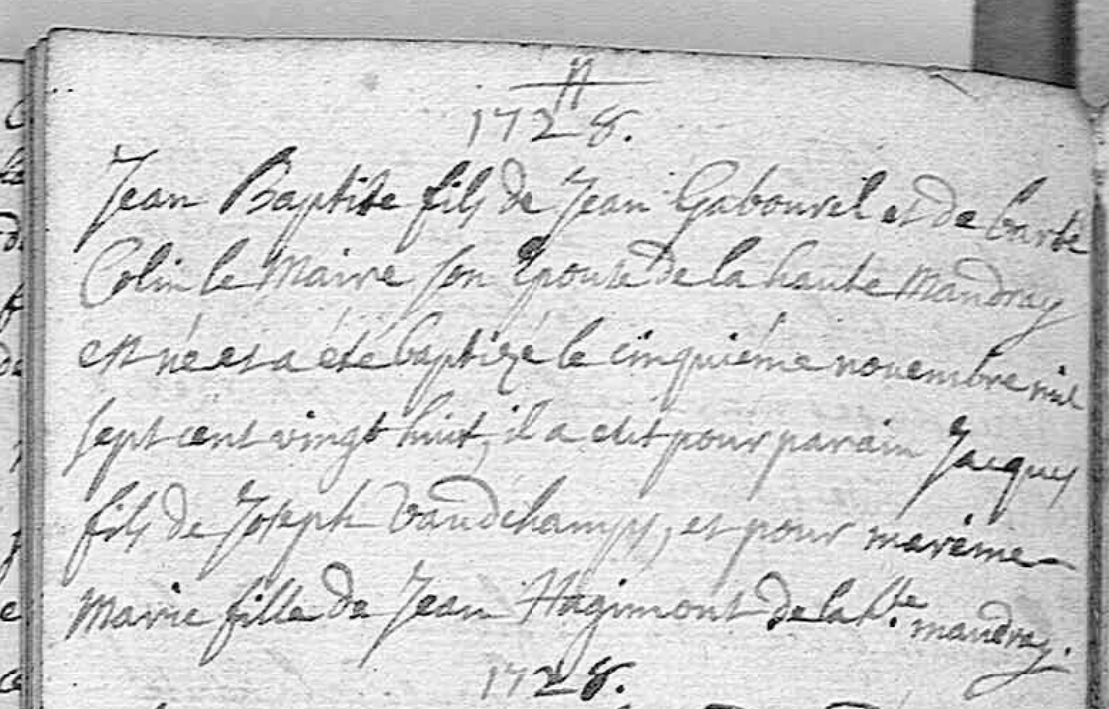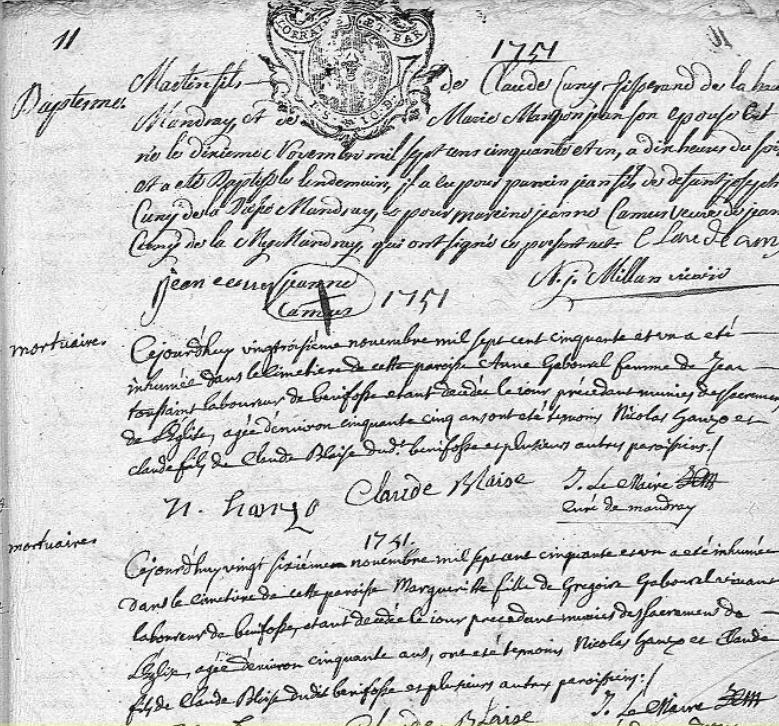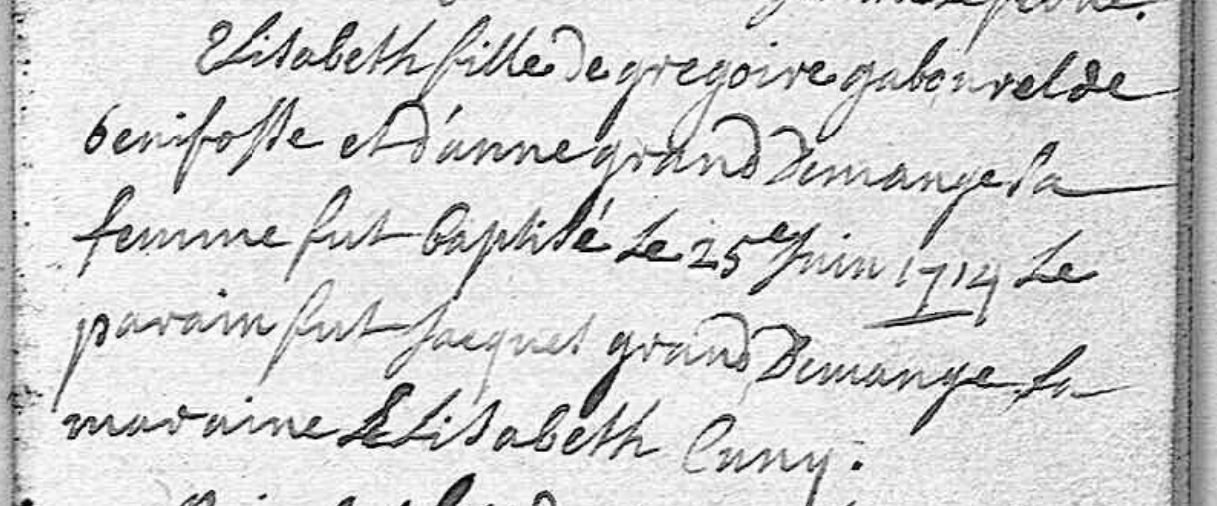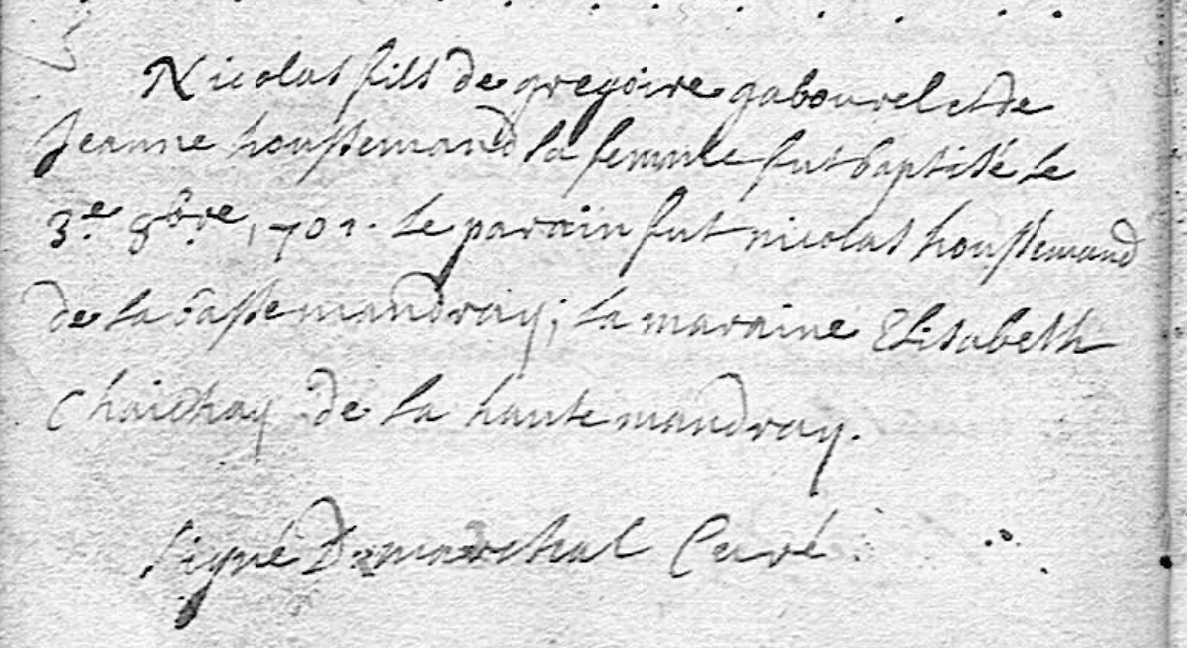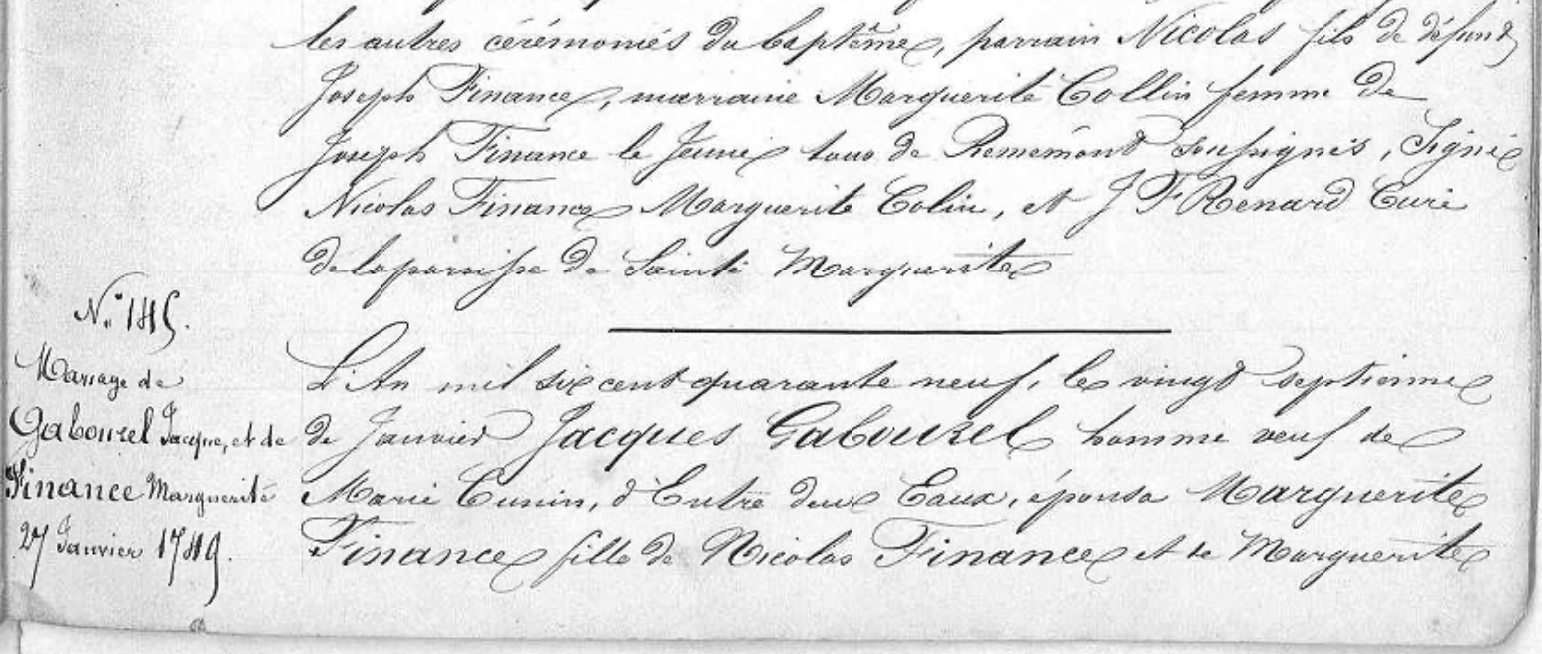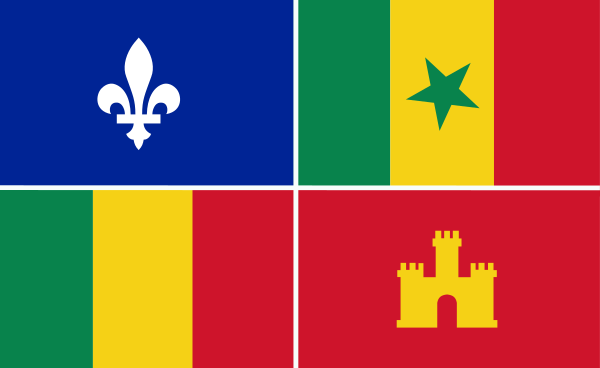Going Back to My Roots in Lorraine
Over 250 years ago my family left France for the New World. Sitting in geography class as a youth I often wondered what the area was like where they came from. So as an adult I stopped wondering and decided to go! I wanted my 11 year old daughter to share the experience, so we grabbed our passports, packed our bags, and set out for a journey across the Atlantic.
Growing up in a working class family the thought about going to France never really crossed our mind. Most of the kids in my neighborhood were also of French descent. The closes thing we had of exploring our French heritage was an anecdote we learned from a lady in the neighborhood.
She said that if we sat on our hands and talked, the tone of voice we spoke in would determine how French we were. Not sure where she got that from, but for sport all the kids in the neighborhood gave it a go. It was determined somehow that we were all French. Little did we know that our surnames Teriot, Morel, Babineaux, Labourdette, Gautreaux, and Gabourel, told the story all in themselves.


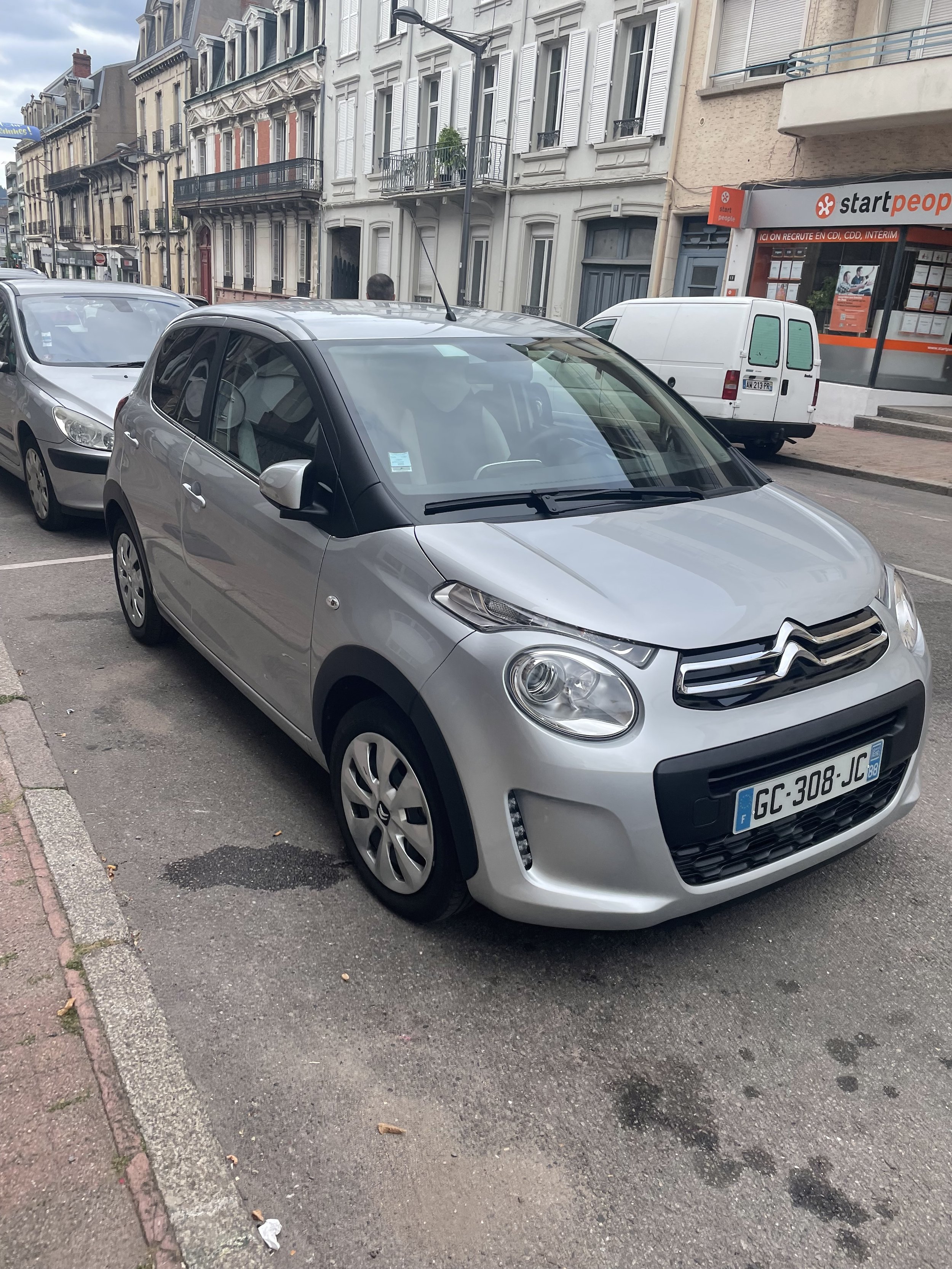
After spending a few days in Paris, my daughter and I went to Gare de L’est and caught a train to Saint-Dié-des-Vosges. Once we arrived we rented a car and drove to the small village of Mandray where our family originated. Driving down the country lanes to the village was exhilarating to say the very least. My mind started to race back in time and picture the village that seems like it changed very little since that time.
Before going to France, I contacted the Mairie in Mandray and told them about our visit. Sandra, who works in the city hall there, was very hospitable. After enjoying our conversation with her about the history and economy of the village, she gave us a map of the cemetery of Mandray and pinpointed the tomb of La Famille Gabourel.

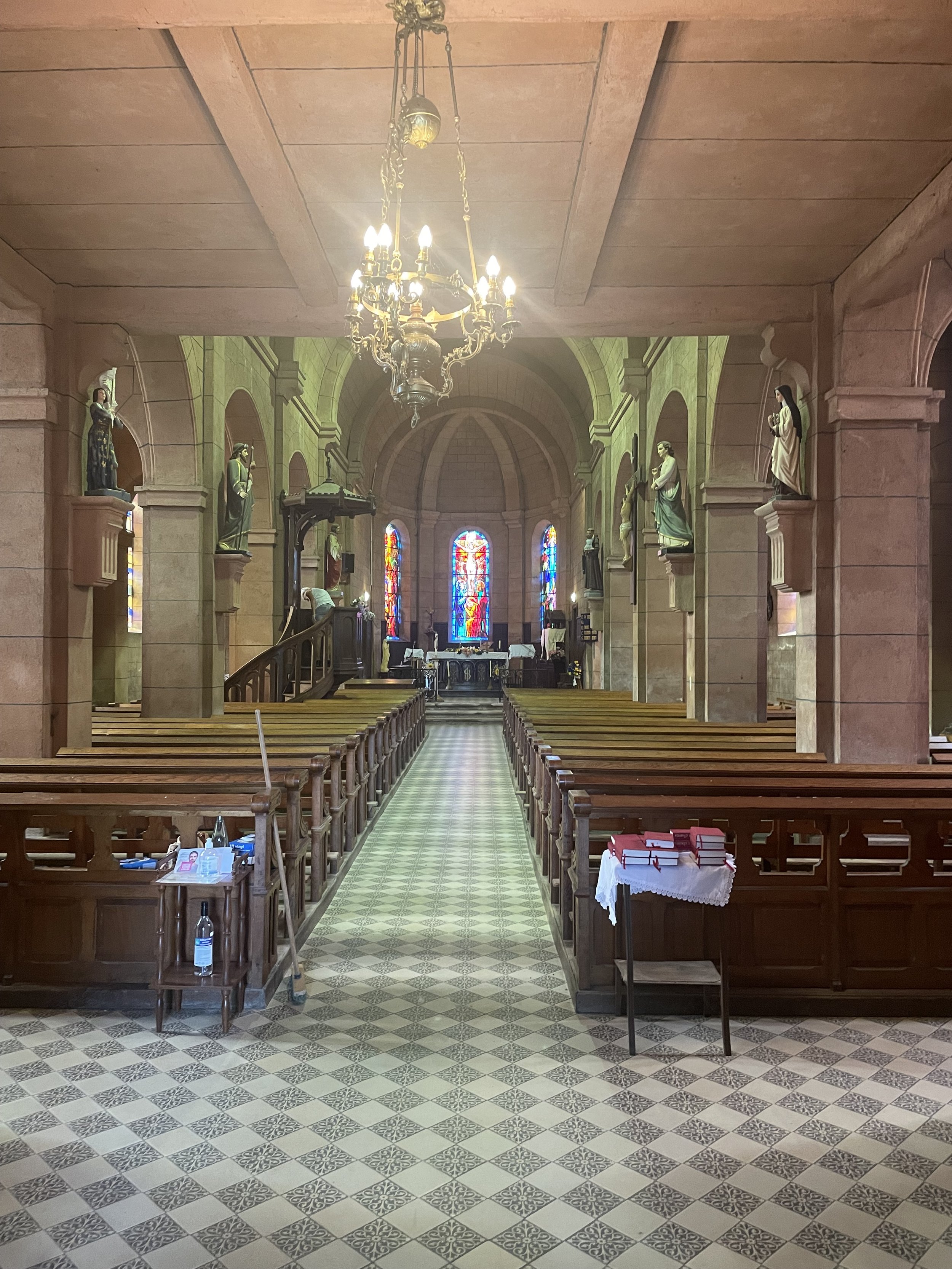
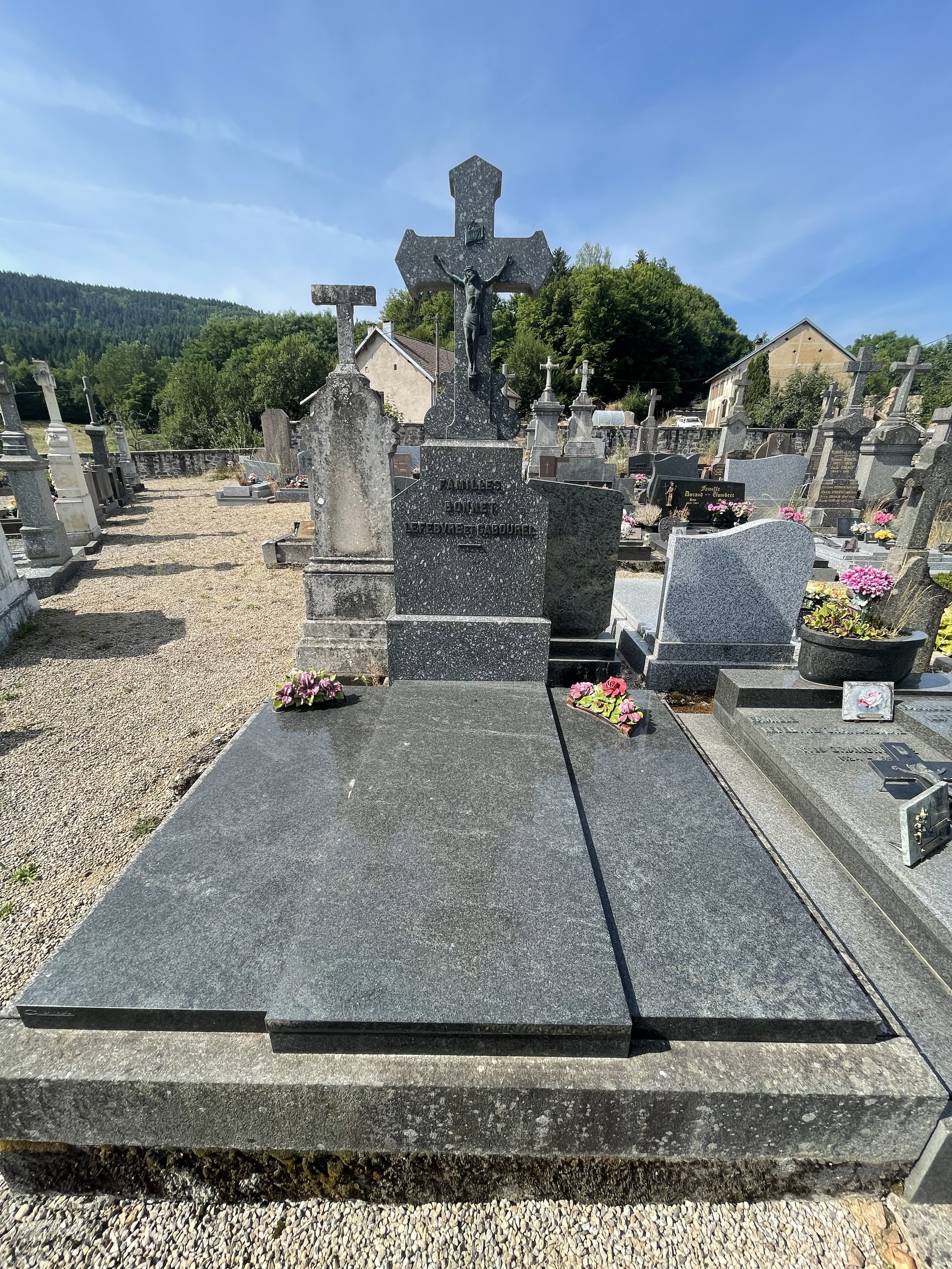
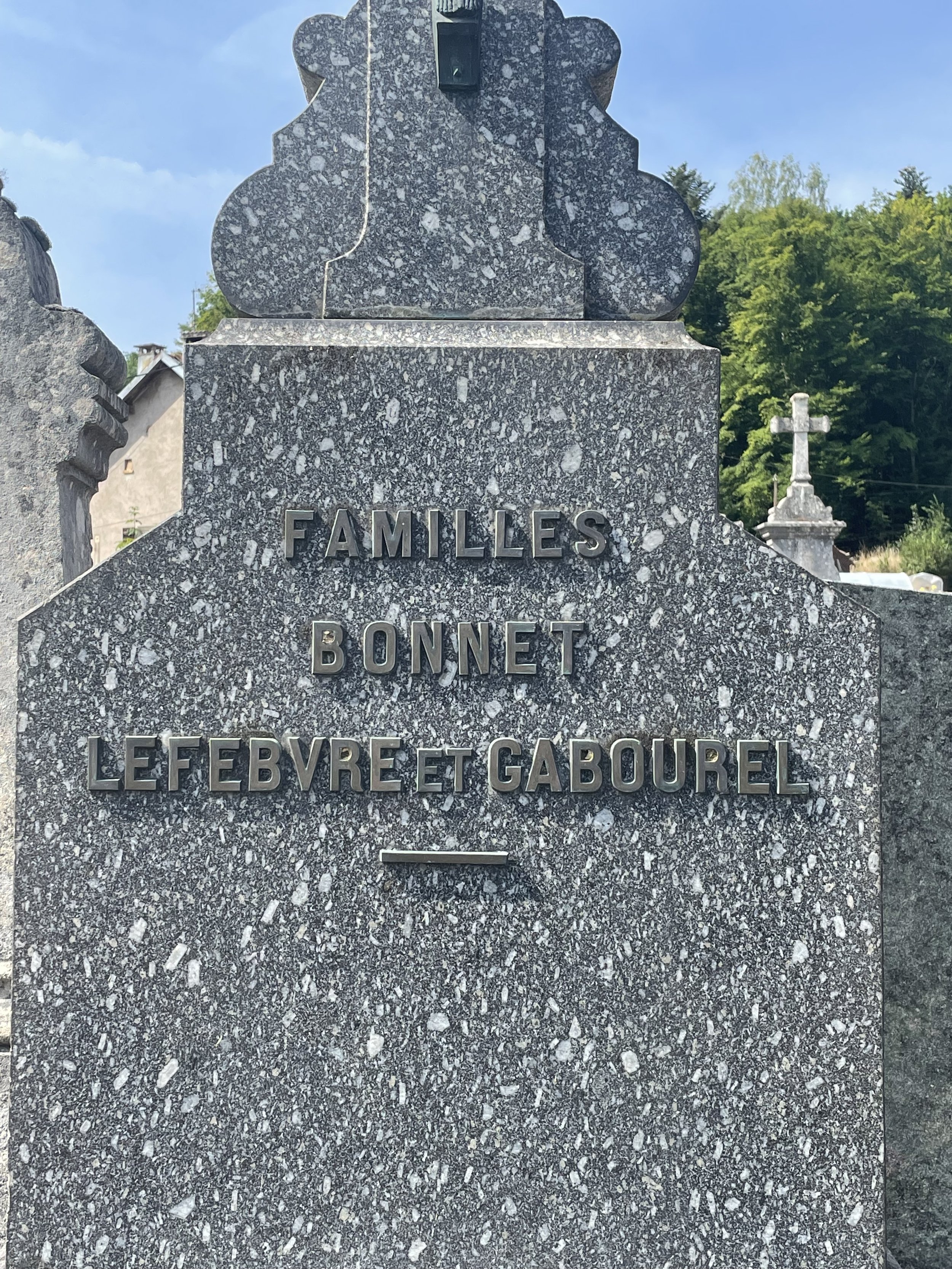
The cemetery surrounds the Église Saint-Jacques de Mandray (St. Jacques Church of Mandray). The original church and cemetery were destroyed on August 28th, 1914 during WWI. The current building was rebuilt in 1923. The only things that remained of the old building are the base of the tower built around the 12-13th centuries, and a mass foundation stone dated to 1577.
Despite the destruction brought on by the horrors of war, Famille Gabourel can still be found in the cemetery. The earliest Gabourel we trace back to Mandray is Claude Le Vieux Gabourel (1525 -1592) Claude served as the mayor of Mandray in 1561, during the reign of King Charles the IX. We also have historical records of our ancestors births, baptisms, marriages, and deaths from the 1700’s in Mandray.
In fact we still have distant relatives in Entre-deux-Eaux and Saulcy-sur-Meurthe…Mandray’s neighboring villages. Before we visited the cemetery of L’Église Saint-Vincent in Entre-deux-Eaux we stopped by the city hall next door and chopped it up with the city official’s there. Nestled between the mairie and the church is an obelisk dedicated to veterans from the village that died during WWI and WWII. Upon closer inspection we saw that Gaston Gabourel had joined the French Army and died in service during WWI. I did some research and found his birth record. He died in 1917 towards the end of the war. The Gabourel family also has tombs in the graveyard of St. Vincent’s church. Of course there were also Gabourel Tomb’s in Saulcy as well.
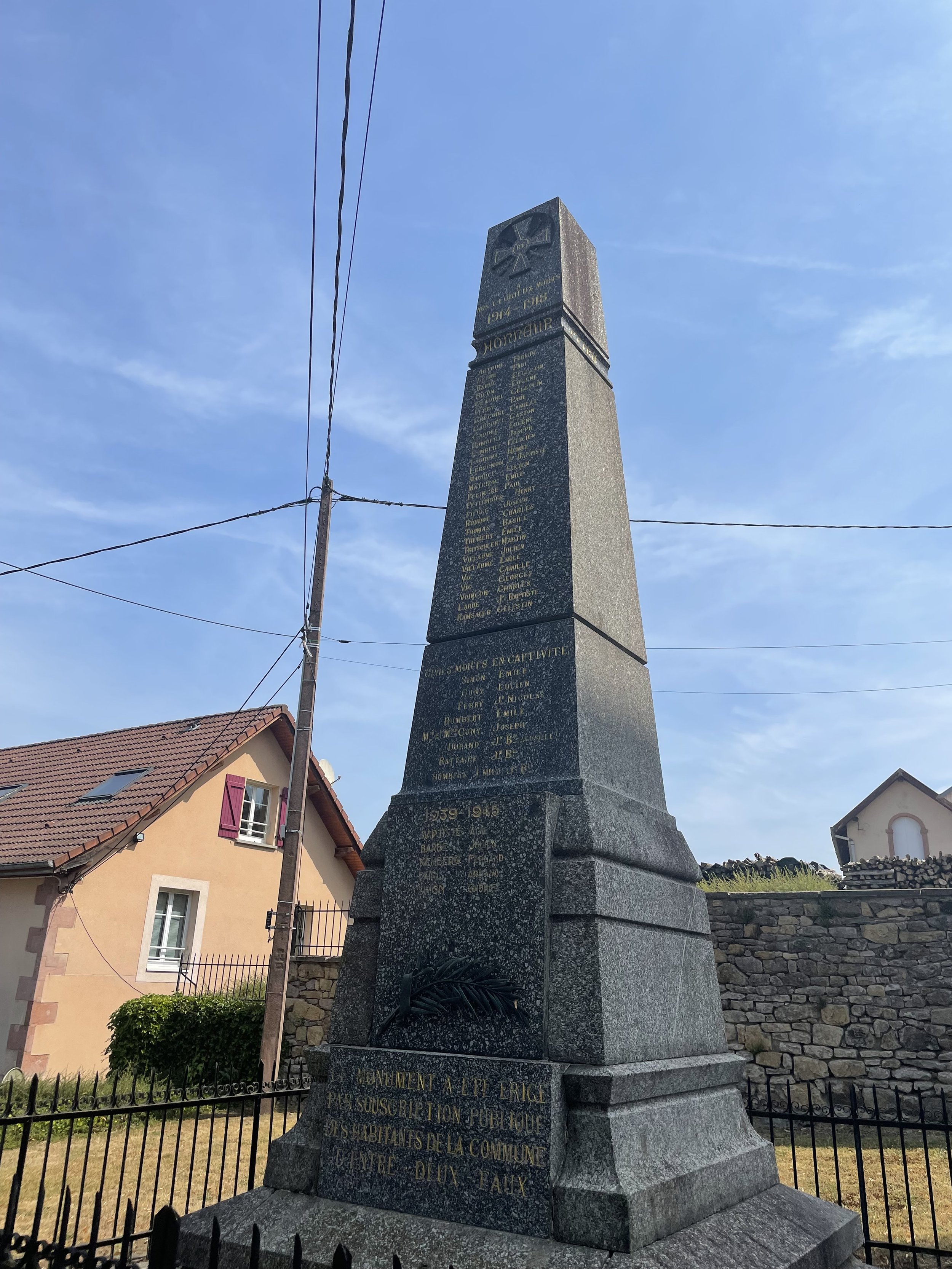
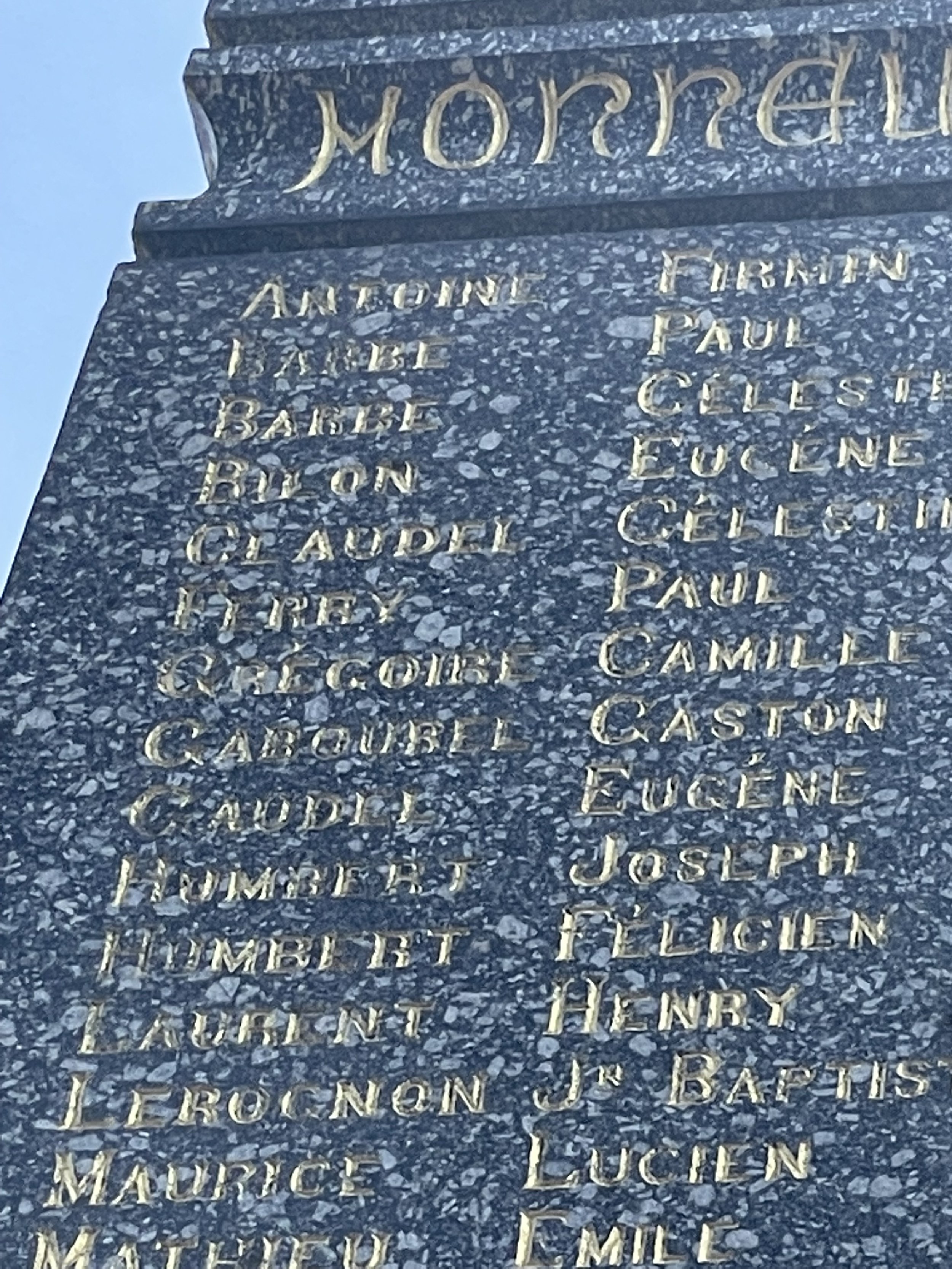

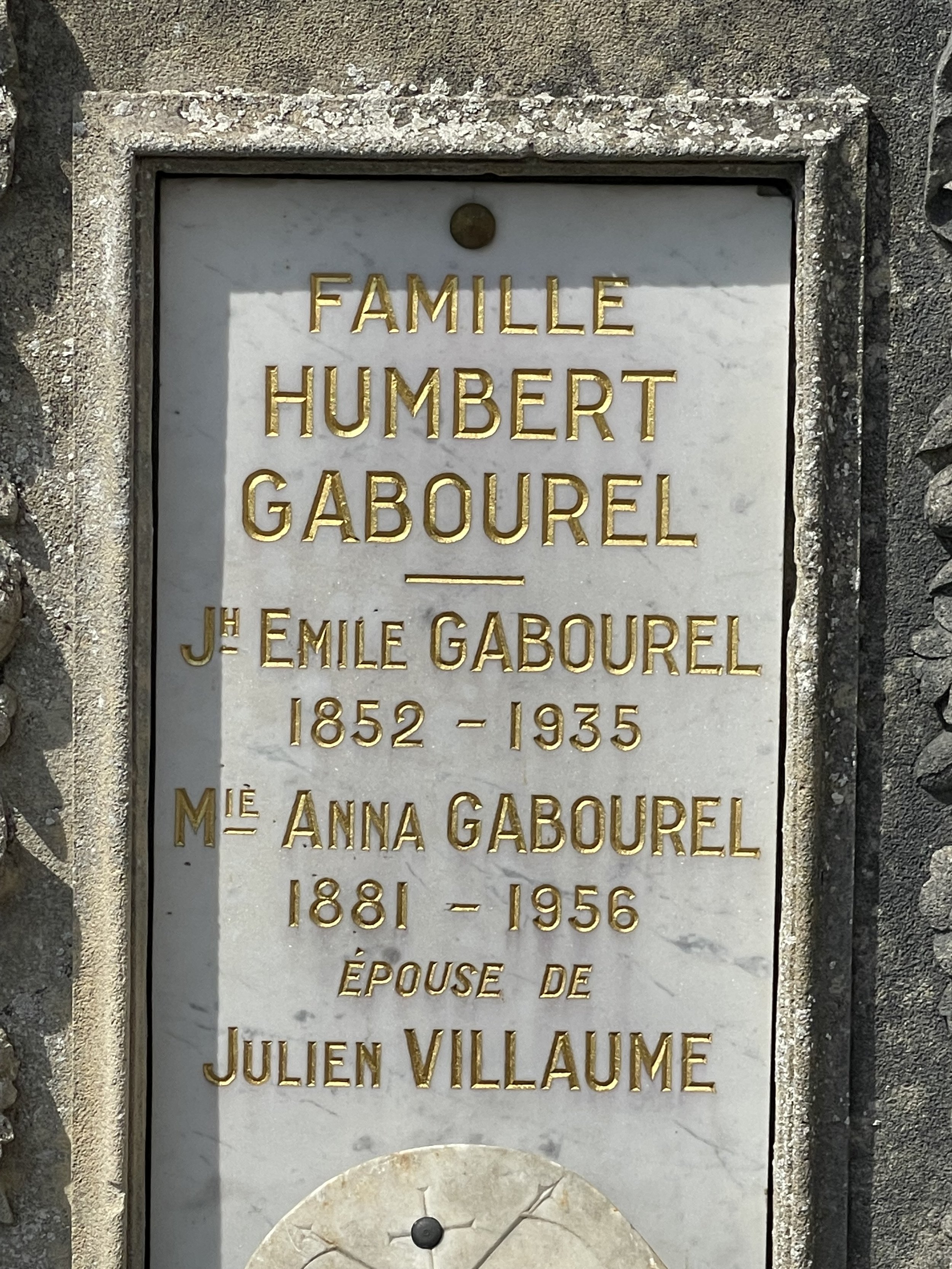
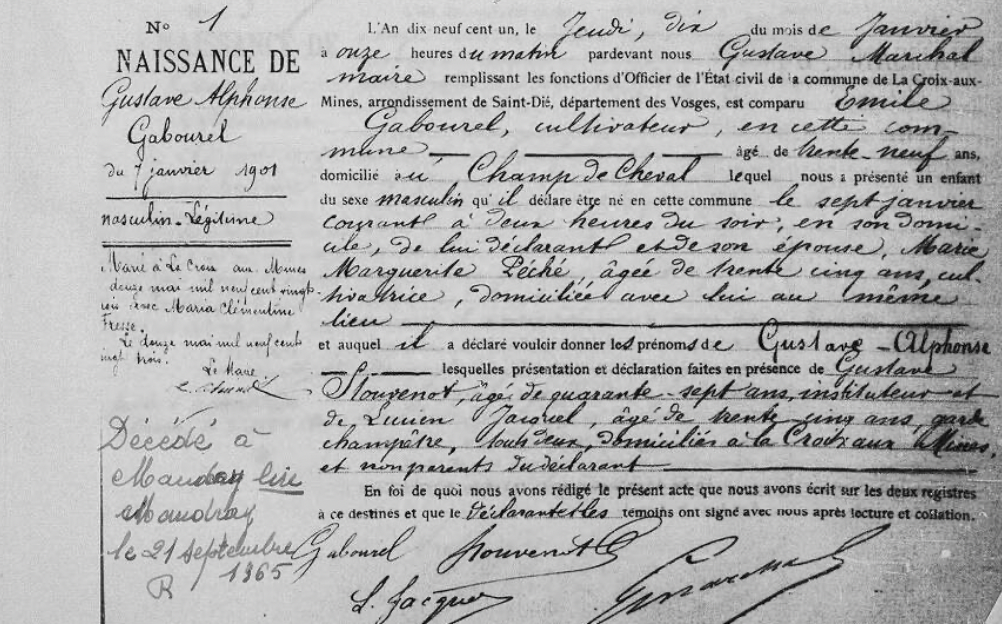
Exploring those three villages really made me ponder on what life must have been like there in the 1500-1700’s. The people in Mandray were and still are farmers. What was the draw in leaving for the New World? How did they travel to the Atlantic coast? I could only assume that they used a horse and carriage…but it’s also likely that they walked.
Then I started to ponder the greater context of French migration to the America’s during the colonization of Canada, Louisiana, and the Caribbean. Did poorer peasants go to the New World where they thought they could benefit from colonial expansion? Was it merely that it was an opportunity to have a job when there was none other to be found? I’m not quite sure what the motivation was, however they made their way to Saint-Malo and boarded vessels belonging to the The Company of the Indies.
In participating in these transatlantic ventures, they subjected themselves to the chaos of development in the New World. Into tropical lands with balmy breeze, where the sunset would be held ransom, and the smoke of falsehood would emanate from the calumet. Where plantation, product and people would be regarded as the same substance…and the moon would be pierced with a bayonet.
The Louisiana Creole Flag
Like most New Orleanian’s of French descent, I take extreme pride in that part of my heritage. However, the French culture is but an influence of the prevailing culture of the city. Though I am a descendent of the Gabourel’s that departed Mandray, like everyone else here in Louisiana, I am not 100% French, nor am I 100% European. My heritage is a confluence of the European and African people who came or were forced to come here. That amalgamation happened ethnically, culturally, and linguistically.
This convergence is what we refer to as the Creole culture of New Orleans. I’m way overdue for a trip to West Africa. The Creole flag of Louisiana bares the Spanish Tower of Castile, The Fleur de Lis, the flag of Senegal, and the flag of Mali…and my West African heritage comes from Senegambia. Before long my bags will be packed again, and I’ll be sure to share my experience here about my journey.
- Eric Gabourel, Le Comte des Bicyclettes


